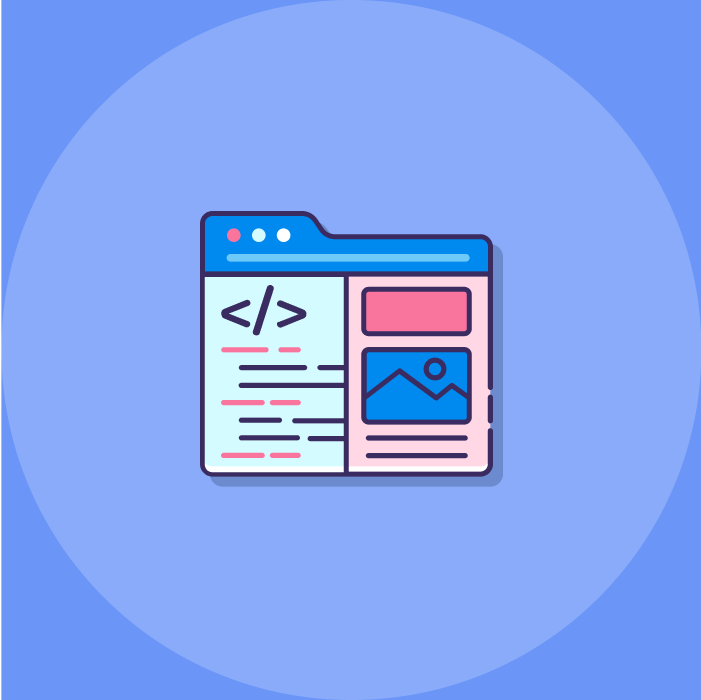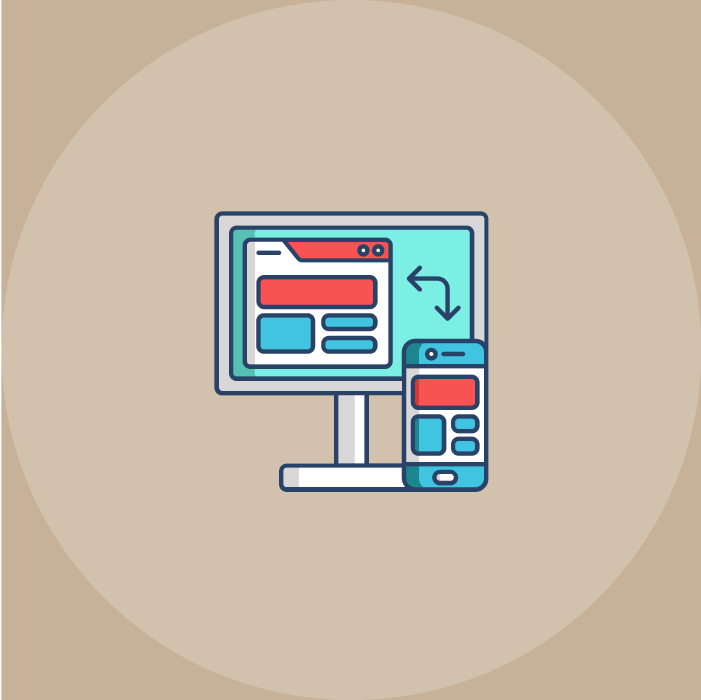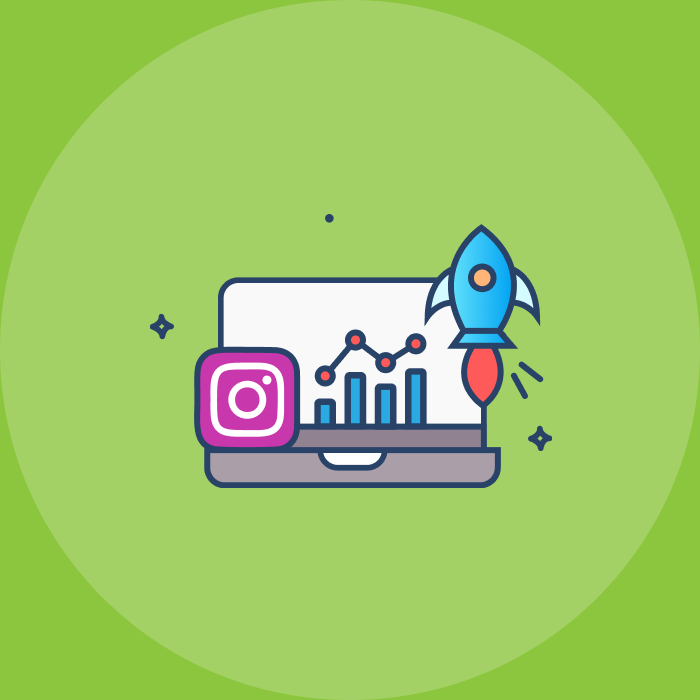When it comes to show up your online presence, several things need to be put into great consideration. You can not simply end by just creating a basic website for your business. The design of your website can either make or break the business you are trying to deliver. Build the best website for your business.
Don’t judge a book by its cover. This is an adage that we’ve all grown up listening to. But the reality is far from it. But more often than not, we judge things by the first impression we have of them. We judge the food by its garnish, a restaurant by its interiors, and a website by its UI and UX!
So, in the digital-first world, you would not want the first impression of your customer to be negative about your website, web application, or any other digital product. While web design and development play a pivotal role in making the website look good and work well, what works more is the way your digital product interacts with the user.
Is it intuitive?
Is it personalized?
Is it engaging?
Is it grasping them by their fancy?
It is compelling them to click where you want them to?
All of this and much more is dictated by the work done by your UI/UX designer and the front-end developer.
But aren’t UI/UX designers and front-end developers doing the same thing?
Many have the same question lingering in their mind, and this write-up will clear away all the confusion and tell you how, when you bring all these three together, you can build a masterpiece for your business.
But before jumping the ships, let’s quickly understand the difference between Ui, UX, and front-end.
1. Understanding What UI & UX Are?
UI and UX are two terms that have been interchangeably used in the design community. But if you have even the slightest idea of what web design is, you might know that they are certainly not the same things. In fact, they are two completely different design fields, which, when clubbed together smartly, can make any user stay.
UX Of A Digital Product
UX stands for User Experience. It is the experience that a user gets from a digital product, be it a website, mobile application, web application, or any other software. It is how a user feels, the experience that he/she gets on using your product.
This would comprise the feelings and emotions that are invoked while interacting with the product. Today, the digital experience of a product is imperative to ensure that the user not only comes to the website and stays but also converts owing to the seamless experience.
Well, a fascinating fact is, UX can apply to anything and not just a digital product. A classic example of UX outside the purview of web products is the interaction that you have with your Coffee Vending Machine in the office, where you choose what you want, and it pours out the same.
Not diverting too far from the topic, in the digital world, a simple example would be shopping on an e-commerce app. A good UX would allow you to easily shop, save items in a cart, and checkout quickly.
In a nutshell,
- UX design is not the visual presentation of your digital product but how the users interact with it.
- A good UX would mean a better experience for the audience, with smoother interaction and higher chances of them staying on your product.
UI Of A Digital Product
UI stands for User Interface. Each touch point that enables the user to interact with your application or website is a part of the interface.
In simple terms, user interface is the designing of the point of interaction that users have with a digital product. It is more about the visual elements of the website, application, software, or any other digital tool. These elements could be the buttons you tap, the scrolls you make, swipes you make on the product.
Interestingly, even UI can be applied to anything, from the doorknob, coat zipper, a switch to a handle, a tap, or any other thing! All these things need no guide to work. One look and the user knows what to do.
The purpose of UI is to make the things so intuitive that it guides the users without them even realizing that they’re being guided.
That’s what a good user interface designer would do! It would place all the visual elements for interaction in such places that the user would glide, swipe, and tap through them to do what the business actually wanted him/her to do.
They shouldn’t need a manual to operate your product, no matter what it is.
In the digital landscape, businesses that want to become the success examples with their products need to make sure that the user interface is not just intuitive but also meets the expected parameters of interactivity, feel, and look.
In a nutshell,
- UI is the interface that you create to help your customers interact with your business in the way you want.
- If the UI is designed to perfection, the business would enjoy more engagement and conversions.
Interface Is Different From Experience
By now, you must know that UI and UX are two completely different yet totally interconnected terms in the digital world where one cannot survive without the other.
It is the job of a UX designer to focus on the journey that would connect the user with the business, while the UI designer needs to focus on the elements that make the journey smooth.
As explained by Dain Miller, a web designer, “UI is the saddle, the stirrups, and the reins. UX is the feeling you get being able to ride the horse.”
Now that we can tell UI apart from UX, let’s jump into knowing the difference between UI, UX, and front-end.
2. What Is Front-end Development?
Producing the HTML, JavaScript, and CSS of a web application or website is done by a JavaScript developer. They are required to embrace a larger set of skills and technological expertise than the UI and UX developers. They also need to follow the latest trends and know the latest JavaScript frameworks list or the top HTML trends, etc., to ensure they are staying up to date.
Not only do they need to have expertise in coding but they also need to have skills in the fields of data structuration, algorithms, object-oriented languages, etc. It is what the users see on your website.
Moreover, it is their responsibility to look after the design and presentation of the page. Also, it’s because of the front-end development that you are able to see the design of the page load seamlessly into any frame. Whether you are loading the page in a mobile, on an iPad, or a laptop, or any other desktop, the page design flows into the screen size.
All in all, it is the front-end development that makes the UI and UX possible.
While a UX designer creates the journey that the business wants a user to have, UI ensures that the design is apt for that journey to be followed; a front-end developer sits back and uses his/her coding skills to create the website or web applications as the UI and UX designers want. Front end development is what makes your UI functional and ensures the user is getting the experience that you wanted or not.
3. Bringing Together Front-end, UI, And UX
By now, we know that UX is the creation of the user journey, UI is the path that guides the user in that journey and front-end is what makes everything possible and puts the codes in place for the perfect implementation. When you bring together UI, UX, and Front-end developers, the following happens:
- Your site, app, or web app gets a UX that ensures your user an experience that you intended. It improves the load time, readability, visual aspect of CTAs, pictures, alignment, consistency, and much more.
- The UI designer will work on getting all the implementations required for making the digital product more intuitive and improving the user experience. If readability is the goal, the UI developer can ensure the color scheme of the fonts, letter spacing, line height, etc. They can work on creating hover effects, navigation of the site, placement of the CTA, ensuring consistency and conciseness, maintaining standardization, and much more.
- The front-end developer would make everything fall into place with their CSS, HTML, and JavaScript coding. They will ensure your CSS or HTML or JS files do not become too big. They optimize the performance so the client-side of the product stays optimized. Your files would be compressed, images would be optimized, and the performance would become much better.
You need to ensure that the UI designer, UX designer, and the front-end developer work hand-in-hand to make your digital product stand out. Give them the creative freedom and let them unleash their magic on your product. The digital experience they can create if you let the three work together can make your business a success among your e-clients, audiences, users, and all else.
Build a masterpiece when all these features, functionalities, and elements, graphics, etc., wave their magic wand when UI, UX, and the front-end come together.
Subscribe to weekly updates
You’ll also receive some of our best posts today






